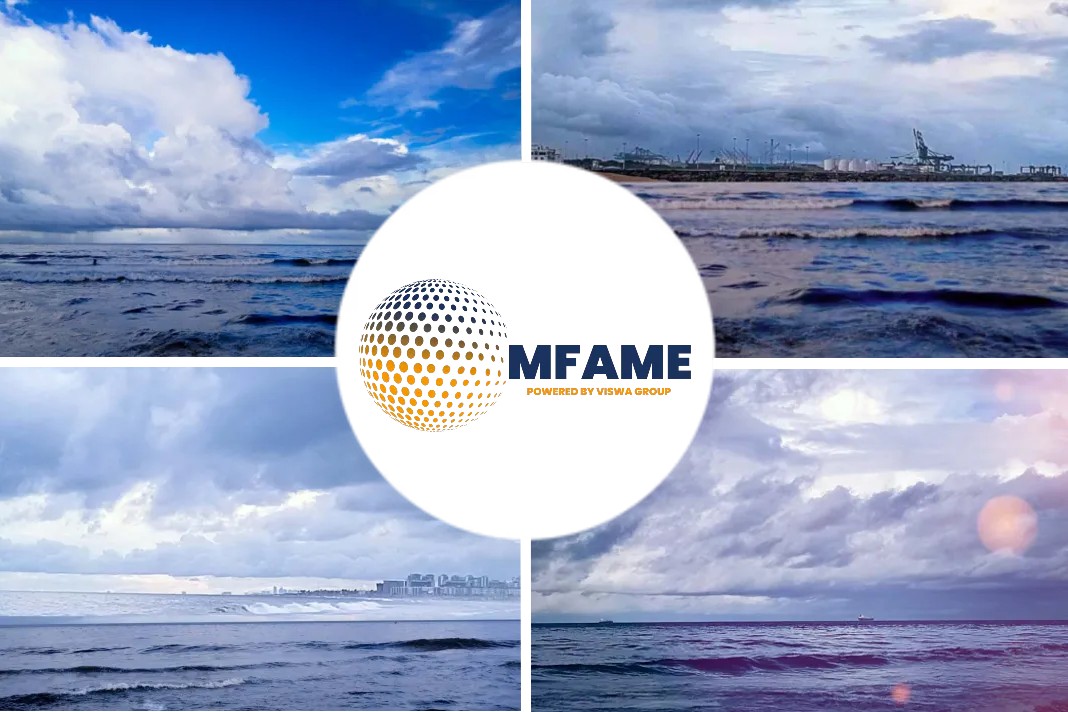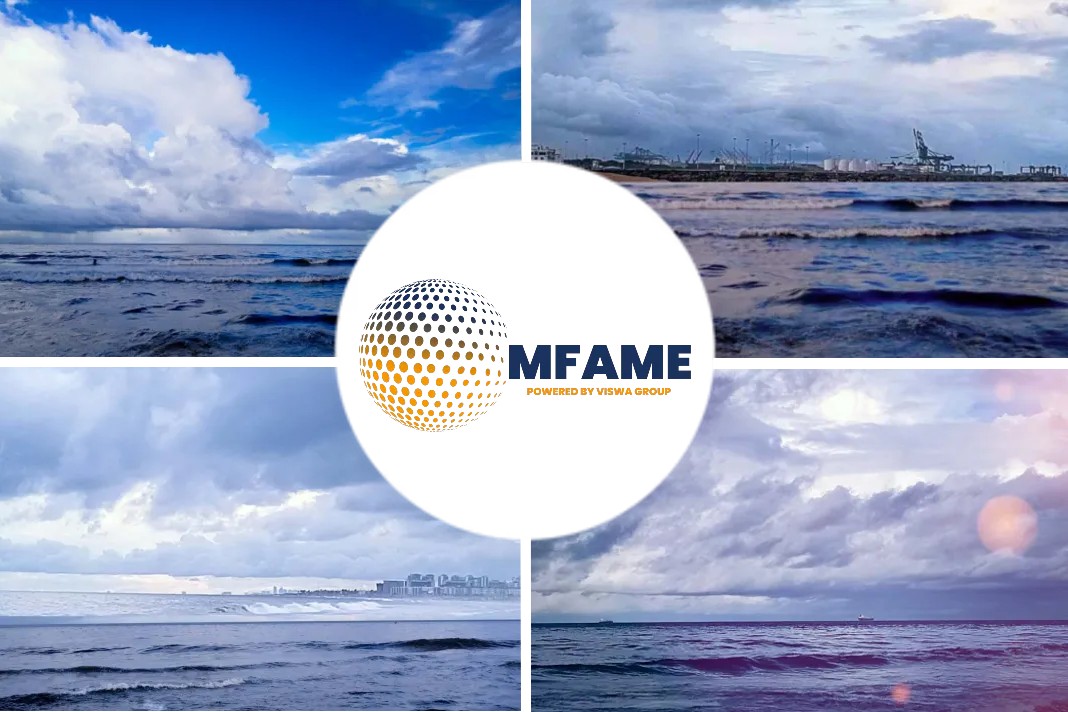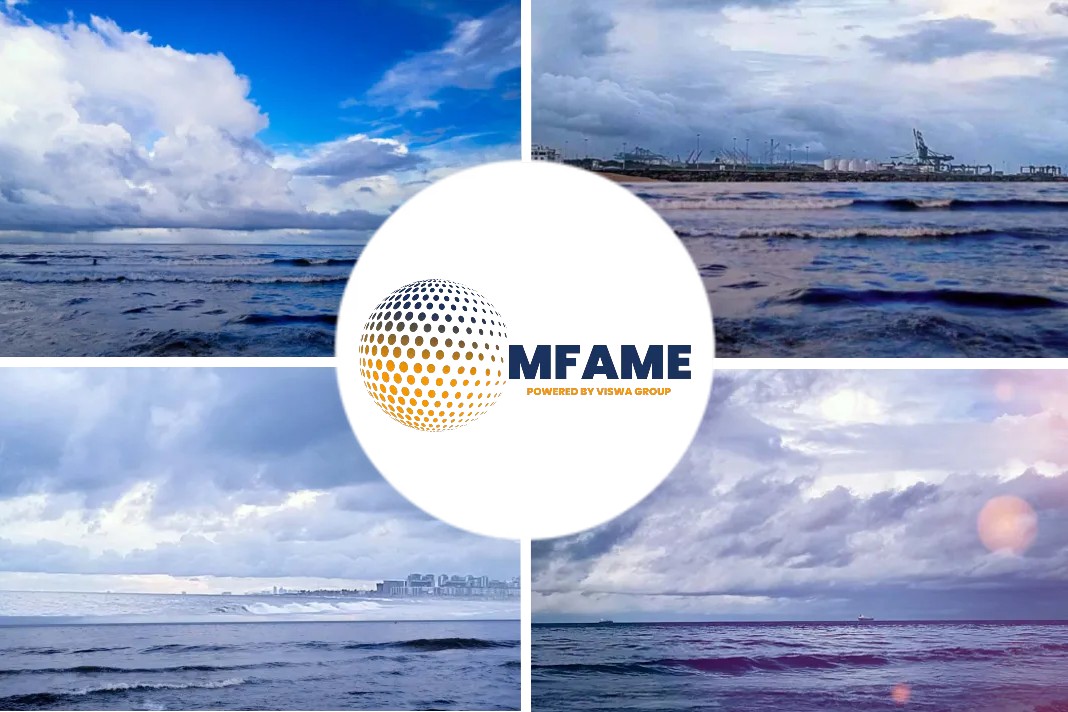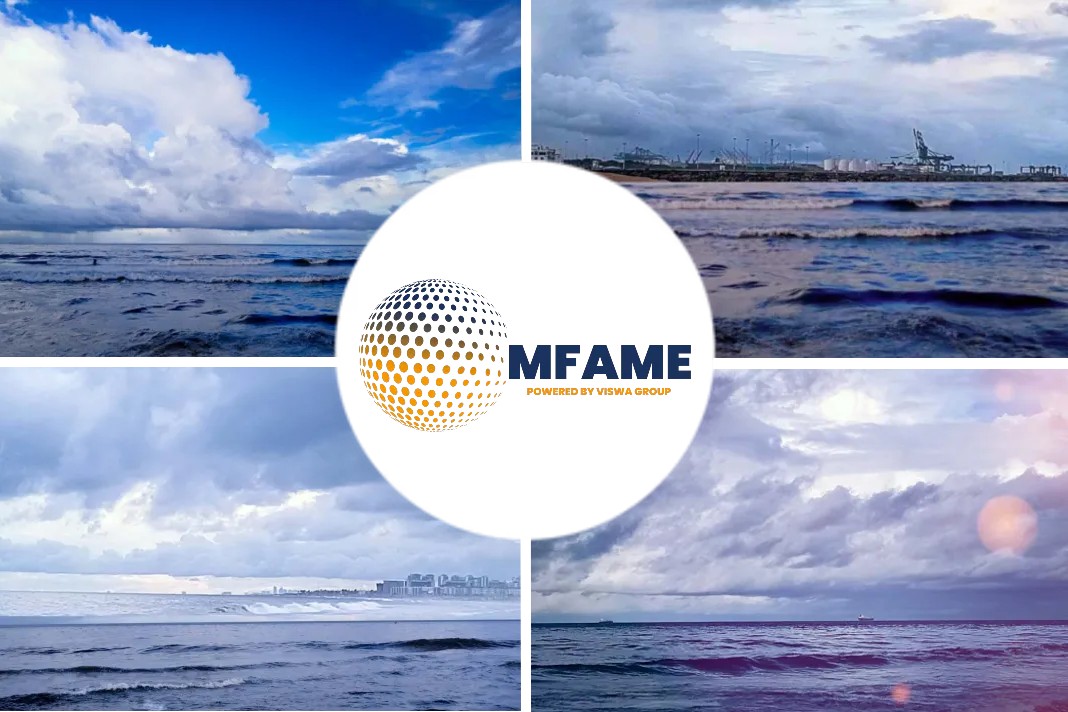Topping Platts charts to watch this week is the price of nickel at the London Metals Exchange, after a surge above $100,000/mt last week prompted a trading suspension. Platts also looking at the impact of the Russia-Ukraine conflict on implied inflation as well as methanol prices, and US gasoline demand as workers start returning to offices.
1. LME nickel trading remains suspended after ‘disorderly’ trading, falling stocks
What’s happening? The London Metals Exchange suspended nickel trading at 0815 GMT March 8, after prices more than doubled day on day to $101,365/mt in early trading. Prices had fallen to $80,000/mt at the time of suspensions, but this was still steeply higher than the March 7 close of $48,078/mt. Prices were said to be not reflective of fundamentals and rather boosted by a combination of uncertainty about the war in Ukraine and sanctions against Russia, low global nickel stocks and market speculation.
What’s next? It remains uncertain when nickel trading will resume, although the LME has said it is doing everything it can to reopen the market as safely and swiftly as possible. It is not likely to reopen March 14, as it said it aimed to provide a resumption date no later than 1400 GMT on the prior business day. Appropriate measures for a safe reopening that LME is working on include price bands, both for nickel and for all other physically deliverable contracts, which it will publish a notice on as soon as possible.
2. Russia-Ukraine conflict may have ramifications on long-term inflation prospects
What’s happening? Implied inflation and commodities began their recovery from the deflationary impacts of coronavirus back in spring 2020. Until recently, the recovery in both has been somewhat irregular, but steady and more or less coincident. However, both implied inflation and commodities have spiked sharply in the wake of the Russia-Ukraine conflict. Many countries are now assessing their vulnerability to key inputs to their economies, both from a security of supply and price standpoint
What’s next? Near-term prospects for implied inflation on a five-year basis have risen from about 2.75% leading up to the conflict to near 3.5% most recently, but the 20-year assessment has risen from 2.4% to near 3%. This is significant, both in the rise and what it may portend. Countries may now opt to address their vulnerability by sourcing locally, but at a higher price. In fact, the rise in longer-term implied inflation may be signaling a paradigm shift in how economies address the sourcing of key inputs and the higher prices that may be necessary to close reduce those vulnerabilities.
3. Methanol prices on the rise on Russia sanction, logistics concerns
What’s happening? The European methanol market is looking for alternatives to Russian origin material amid increasing concerns around sanctions, and interruptions to logistics and infrastructure that are limiting Russian deliveries of methanol to Europe. As a result, the FOB Rotterdam marker has been on a steep uptrend since late-February. Russia exported 1.65 million mt of methanol to the EU during 2021, according to customs statistics of foreign trade of the Russian Federation. Meanwhile methanol consumption in the EU and other European countries was estimated at 9 million-9.5 million mt/year, according to market sources.
What’s next? Although sanctions are yet to be implemented for methanol, the exclusion of certain Russian banks from the global payments system SWIFT has also left market players questioning how they can pay Russian sellers for material. Europe will look to cover lost supply with domestic production, the cost of which is on the high side due to the high feedstock – natural gas – and energy prices. High prices also mean Europe remains an attractive destination for methanol trade flows from overseas, potentially boosting further the arbitrage from the US, Trinidad, Guinea and Middle East.
4. Return-to-office helps to normalize US gasoline demand
What’s happening? In pre-pandemic US, commuting to work made up roughly 1/3 of total gasoline demand. At this point, the main contributor to the deficit in gasoline demand, relative to pre-pandemic norms, appears to be the working-from-home component. Pre-pandemic, 25% of the workforce had already worked from home at least part-time. Data indicates that 35.5% had worked remotely in May 2020, specifically due to the pandemic, and that portion has fallen to 15% in January 2022. This implies that approximately 60% of the workforce worked from home in May 2020 and that has now fallen to 40%. Decomposing gasoline demand to isolate the WFH impact suggests that impairment has lessened, but not totally evaporated, and hence total gasoline demand remains impaired relative to pre-pandemic norms.
What’s next? With most pandemic restrictions being lifted, the WFH impairment should continue to lessen. In Q4 2021, demand was 300,000 b/d lower than normal, while in January, that impairment worsened to about 400,000 b/d, possibly due to omicron impacts or other influences. Though the WFH component of gasoline demand should broadly improve, the sharply higher gasoline prices could begin to temper back the discretionary component of gasoline demand, while any retrenchment in overall employment would be a double whammy for demand.
Did you subscribe to our daily Newsletter?
It’s Free! Click here to Subscribe
Source: Platts






















